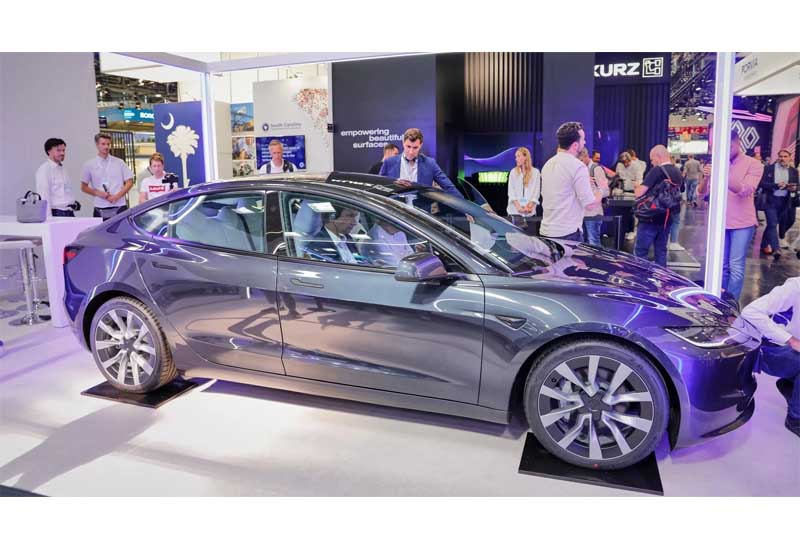Tesla removed two stopping modes, Creep and Roll, from the Model 3 and Model Y in a move that emphasizes regenerative braking and one-pedal driving. This change, effective January 1st, 2024, only applies to US-bound vehicles for now. So what does it mean for current and future owners? And does it signal the inevitable dominance of one-pedal driving in EVs?
First, let’s look at what these modes do. Creep mimics the feeling of a regular car with an automatic transmission, providing torque to move the vehicle slowly forward or backward. Roll essentially puts the car in neutral when slowing down, allowing it to freewheel.
In contrast, Tesla’s standard Hold mode aggressively decelerates the car through regenerative braking when you lift off the accelerator. This allows drivers to come to a complete stop without touching the brakes in most cases.
Tesla says removing Creep and Roll will help display more accurate and efficient range estimates, Tesla has significantly reduced the EPA estimated range shown for various Model S/X and Model Y. The change doesn’t affect current owners, only new Model 3 and Y deliveries. This suggests the modes drain more energy than Hold mode.
For new owners, Hold will be the only option – and that’s probably a good thing. It delivers the true one-pedal driving experience that sets Tesla apart from gasoline cars. Creep and Roll try to emulate the feeling of regular cars, but rob some of the uniqueness of driving an EV.
Hold mode is already the most popular choice for Tesla drivers. And research shows one-pedal driving can boost range by 10% or more compared to coasting. So from an efficiency standpoint, this change makes sense.
Could it also reflect the inevitable shift towards one-pedal driving in the EV future? Quite possibly. As more automakers transition to electric, unique driving dynamics like instant torque and regen braking help differentiate them from ICE vehicles.
Hyundai and Kia already offer aggressive regenerative braking modes in the Ioniq 5 and EV6 crossovers. Brands like BMW still default to a more coasting-style behavior, but enable drivers to adjust regen strength.
As battery costs come down, range anxiety lessens, and quick charging improves – the functional benefits of one-pedal driving will likely outweigh any familiarity with legacy gas-car behaviors. Fewer braking events also reduces maintenance costs.
Of course, driving styles are personal and some will always prefer the feeling of coasting. But Tesla’s bold move here suggests the one-pedal experience will become the norm, not the exception. The Creep and Roll of yesteryear gives way to the more efficient and precise driving of the electric future.
In the end, drivers stand to benefit. One-pedal operation opens the door for faster charging, lower maintenance bills, smoother driving and better range. And for younger generations who grew up in an electric-first world, it will simply feel like the natural way to drive. Tesla’s decision shows that the EV revolution will change not just the cars we drive, but the way we drive them.
